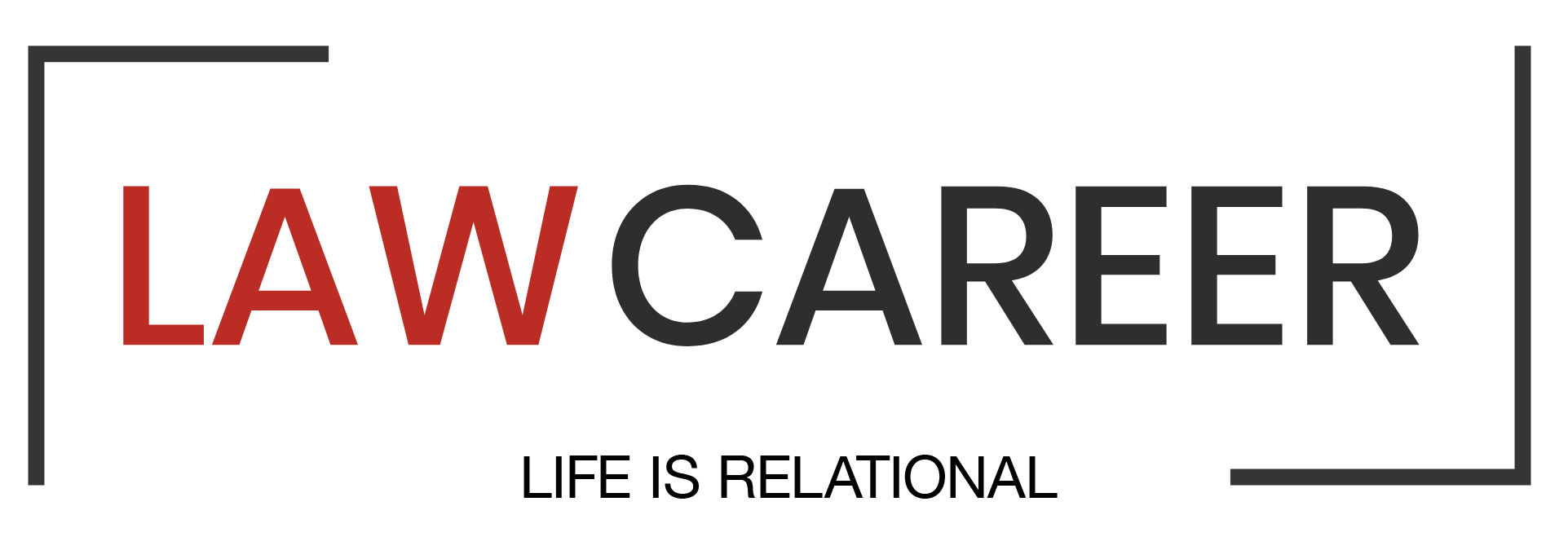Remote Associates Are Boosting Profits—But at What Cost?
July 2, 2025How Is AI Improving—Not Replacing—Legal Recruiters?
July 8, 2025Lateral movement remains one of the most common ways lawyers try to accelerate their careers.
In 2023, nearly 11,000 attorneys changed firms, according to data from Leopard Solutions. That
represents a 13 percent increase from the previous year. But not every move delivers the results
attorneys expect. Many lawyers leave their new firms within two years. So what makes a lateral
transition actually worthwhile?
First, timing plays a major role. Midlevel associates between their third and sixth years make up
over 60 percent of all lateral moves. They are also the group most likely to move again soon
after. This instability often stems from unclear role expectations, lack of mentorship, or surprises
once they join a firm. A 2024 report from Major, Lindsey & Africa found that 41 percent of
laterals said their main reason for leaving was a mismatch with the firm’s culture or the reality of
the work.
Second, long-term support matters. That same report showed that laterals who received
structured onboarding and help with business development were twice as likely to remain at the
firm for three years or longer. Lateral partners who received support in integrating across offices
reported stronger client retention and increased business generation in their first year.
Third, not every firm delivers on partnership promises. According to a 2023 ALM Intelligence
survey, fewer than 30 percent of lateral partners reached the advancement or equity targets they
were initially pitched. Firms that offer transparency around metrics like revenue per lawyer,
leverage ratios, and promotion rates tend to attract and keep stronger candidates.
Finally, compensation should be considered carefully. Some firms may offer a slightly below-
market base salary but provide stronger handoff opportunities and a clearer path to equity. Over
time, that tradeoff often results in greater satisfaction and better long-term career health.
If you are thinking about a lateral move, consider more than just the immediate offer. Look at
where you will be supported in building long-term value and growing your impact.
